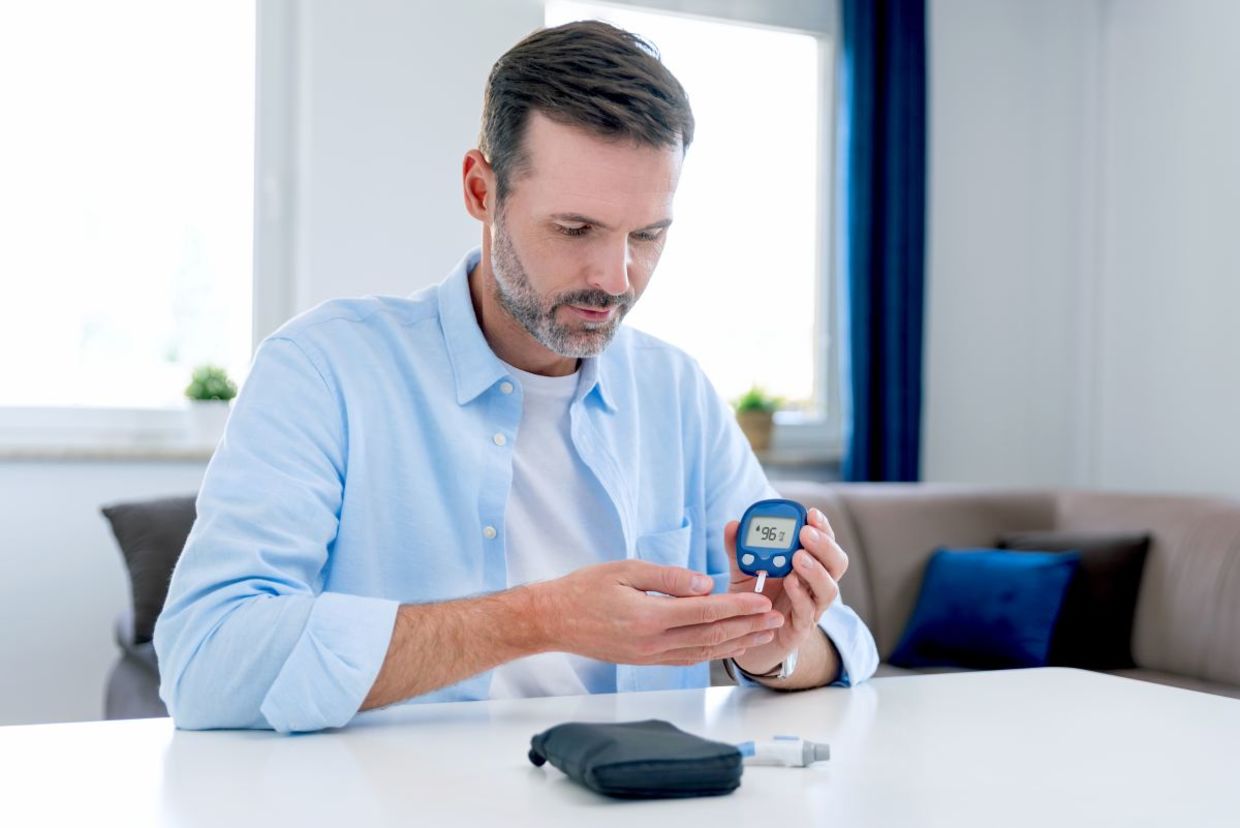
(Proxima Studio / Shutterstock.com)
Today, people with Type 1 diabetes can live relatively normal lives but this involves daily injections with synthetic insulin. While there has been hope that a capsule could replace the shots, a new potential treatment could make using insulin a thing of the past.
That’s because anew proof-of-concept study, published in August 2025 in the New England Journal of Medicine suggests that diabetes can be cured after a 42-year-old patient with type 1 diabetes was able to produce insulin after receiving transplanted pancreatic cells.
Type 1 Diabetes Transplants
Type 1 diabetes occurs when a patient’s immune system destroys islet cells – the cells responsible for producing insulin – in the pancreas, according to Live Science.
While islet cell transplants have been done before and can provide a longer supply of insulin than injections, the patient’s immune system can potentially trigger a response to destroy the transplanted tissue. Patients with this type of transplant must take immunosuppressive drugs that can leave the patient vulnerable to infections.
To overcome this, the researchers in Sweden and the US used islet cells from a donor that were modified using CRISPR technology to suppress rejection. This is the first time this technology has been tested on a human.
About the Trial
Before implanting the cells, three edits were made, reported Science Alert. Two reduced the number of antigens that T-cells use to identify foreign objects like a transplanted kidney or heart. The third boosted production of a protein that blocks immune cell responses.
Not all of the gene edits survived but the ones that did were implanted in a series of injections for the trial patient. Over the next 12 weeks, the implanted cells produced insulin after meals that increased blood sugar levels. Even more importantly, the patient did not have to take immunosuppressants.
There is also research work, published in Cell that was conducted in 2024 in China to do transplants of insulin producing cells grown from the patient’s own stem cells. In four months, her body was able to produce enough insulin to keep her blood sugar level in the safe range for 98 percent of the time.
The researchers of the new study concluded that their method is a safer and more effective treatment for diabetes, maybe even a cure, and that it can also be used for other types of cells and therefore reduce the need for immunosuppressants.
YOU MIGHT ALSO LIKE:
‘Smart Insulin’ Brings Hope to Type1 Diabetics
New Research Brings Hope to People Living With Type 1 Diabetes
Scientists May Have Discovered a Way to Reverse Type 1 Diabetes







